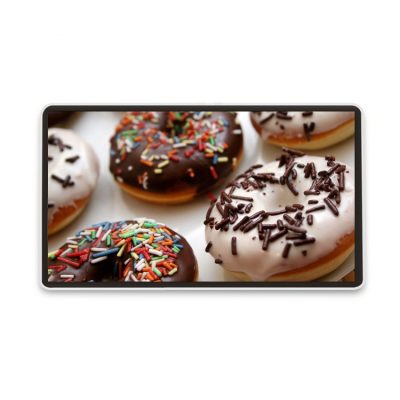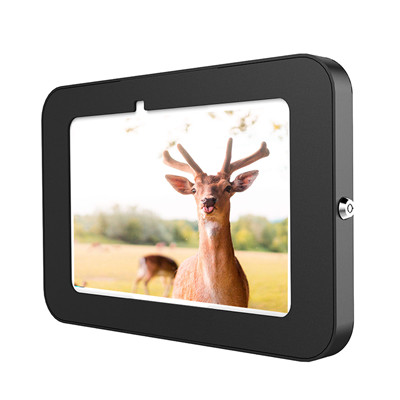The printing technology used for creating posters and the artwork that goes inside poster frames can vary based on factors like budget, desired quality, and quantity. Here are some common printing technologies used for posters and artwork:
- Offset Printing:
- Offset printing is a traditional and high-quality printing method suitable for producing large quantities of posters. It uses plates and rollers to transfer ink onto paper. Offset printing provides precise color reproduction and is often used for commercial posters, movie posters, and high-end artwork prints.
- Digital Printing:
- Digital printing is a versatile and cost-effective method for producing posters and artwork. It doesn’t require the setup of plates, making it ideal for shorter print runs or one-off prints. Modern digital printers offer high-quality results and can handle various paper types and sizes.
- Inkjet Printing:
- Inkjet printing is a common method for producing art prints and posters. It uses inkjet printers that spray tiny droplets of ink onto the paper. High-quality inkjet printers can produce vibrant colors and fine details, making them suitable for art reproductions.
- Laser Printing:
- Laser printing is primarily used for black and white or color prints in office settings. While it may not be the first choice for high-quality art prints, it can be an option for posters and artwork with basic color needs.
- Screen Printing:
- Screen printing is a versatile technique that can be used for both small and large print runs. It involves using a mesh screen to transfer ink onto the paper. Screen printing is often chosen for limited-edition art prints and posters with bold colors and textures.
- Giclee Printing:
- Giclee printing is a high-quality digital printing process used for art reproduction. It involves using pigment-based inks on archival paper or canvas. Giclee prints are known for their color accuracy, longevity, and fine detail reproduction.
- Dye-Sublimation Printing:
- Dye-sublimation printing is commonly used for printing on fabric or materials like aluminum. It involves transferring dye onto a substrate using heat. Dye-sublimation prints are durable and suitable for outdoor posters and specialty materials.
- Large Format Printing:
- Large format printing refers to printing on materials larger than standard paper sizes. It’s often used for creating oversized posters and banners. Large format printers can use various printing technologies, including inkjet and UV-curable printing.
- UV Printing:
- UV printing involves using ultraviolet-cured inks that are instantly dried and hardened by exposure to UV light. UV printing is known for its durability and versatility, making it suitable for outdoor posters and materials like acrylic or metal.
- Eco-Solvent Printing:
- Eco-solvent printing uses eco-friendly solvent inks that are durable and weather-resistant. It’s often chosen for outdoor posters and signs that need to withstand harsh environmental conditions.
The choice of printing technology depends on your specific requirements, including the desired print quality, quantity, materials, and budget. For framing purposes, it’s essential to ensure that the printing technology used results in high-quality prints with accurate color reproduction to enhance the overall presentation of your posters and artwork when placed in poster frames.

















